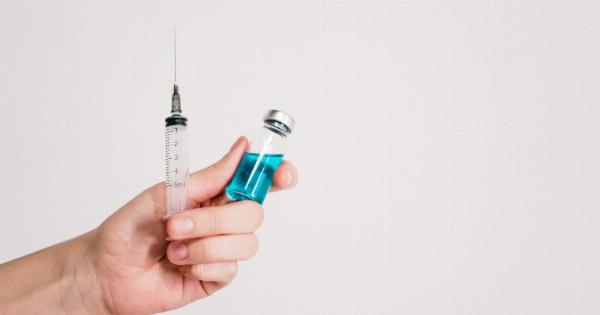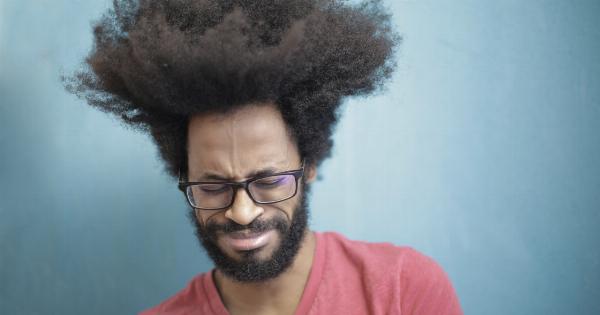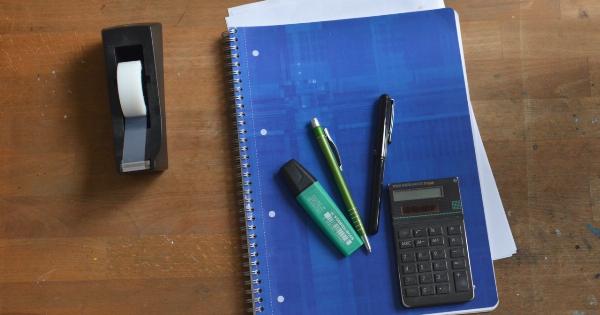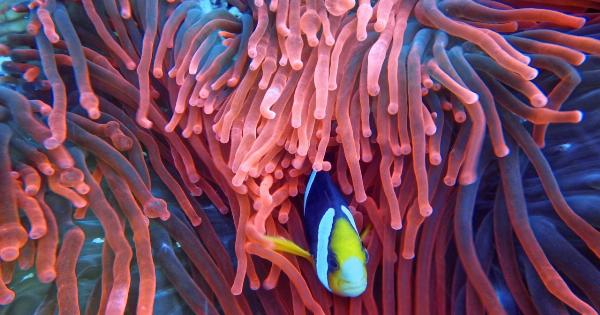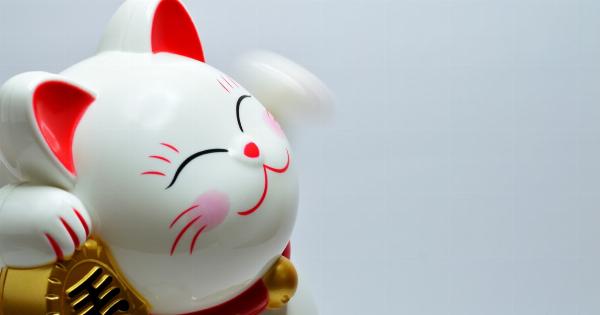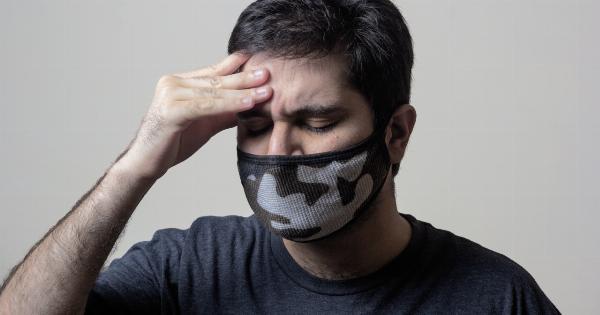Headaches are a common complaint amongst children, with up to 75% of school-aged children reporting having experienced one.
While they are often not serious and can be managed at home, recurring headaches can interfere with a child’s quality of life. In this article, we will explore the various causes of children’s headaches and possible treatments.
Causes of Children’s Headaches
Tension Headaches
Tension headaches are the most common type of headache in both adults and children. They are caused by muscle tension in the head and neck region, often brought on by stress, poor posture, or lack of sleep.
Symptoms of tension headaches include a dull, aching pain that is usually described as a band-like sensation around the head.
Migraine Headaches
Migraine headaches are less common in children than in adults, but they are still a significant cause of children’s headaches. Symptoms of migraines include throbbing pain, sensitivity to light and sound, and nausea or vomiting.
Triggers for migraines in children can include physical activity, caffeine consumption, changes in weather, or certain foods.
Cluster Headaches
Cluster headaches are rare in children but are characterized by severe pain behind one eye. These headaches often occur in cycles, with multiple attacks happening daily for several weeks or months before disappearing for a period of time.
Sinus Headaches
Sinus headaches are caused by sinus inflammation and congestion. These headaches often occur alongside a cold or allergies and are usually located in the cheek area and around the eyes.
Solutions for Children’s Headaches
Medications
Over-the-counter pain medications such as acetaminophen or ibuprofen can be effective in treating tension headaches, migraines, and sinus headaches.
However, it is essential to follow the recommended dosage and not to overuse pain relief medication as it can result in rebound headaches. Prescription medications such as triptans are sometimes prescribed for migraines in children, but it’s essential to discuss the risks and benefits with your child’s healthcare provider first.
Healthy Habits
Establishing healthy habits can help prevent headaches in children. Encouraging good sleep habits, regular exercise, and a well-balanced diet can all help reduce the chances of triggering a headache.
Limiting screen time and exposure to bright lights and loud noises can also help prevent headaches.
Stress Management
Stress is a significant trigger for tension headaches in both adults and children. Encouraging stress management techniques such as meditation, deep breathing, or yoga can help reduce headaches caused by stress.
Finding healthy outlets for emotions, such as talking to a trusted adult or participating in a hobby, can also help reduce stress and prevent headaches.
Hydration
Dehydration is a common trigger for headaches. Encouraging your child to drink plenty of fluids throughout the day can help prevent headaches. If your child is experiencing a headache, drinking water or a sports drink can help rehydrate them quickly.
When to seek medical attention?
While most children’s headaches are not serious and can be managed at home, there are situations where medical attention is needed. Seek medical attention for headaches that:.
- Occur frequently and affect your child’s daily activities
- Are severe and sudden
- Are accompanied by changes in vision, confusion, or loss of consciousness
- Are accompanied by a fever, stiff neck, or rash
- Are new or different from previous headaches
Conclusion
Headaches are a common issue for children but can often be managed through healthy habits, stress management, and medication.
Understanding the causes of headaches in children and seeking medical attention when necessary can help children manage headaches and improve their quality of life.

